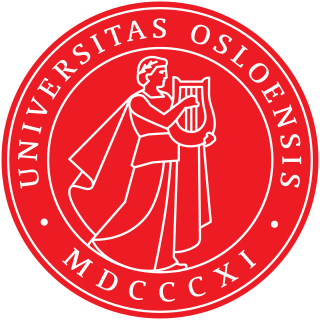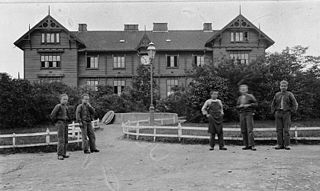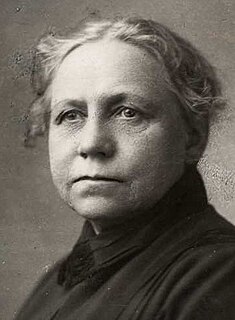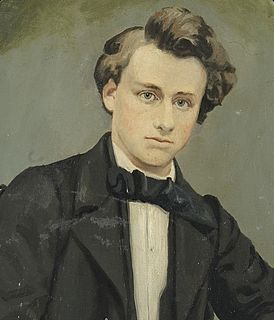Career
Stokke combined working as a teacher with part-time studies at the University of Oslo. He graduated in geography, astronomy and chemistry in 1930. While studying he worked as a deputy teacher at various primary schools, and also at the institution Toftes Gave. From 1927 he was assigned a permanent position at Tåsen primary school in Aker. From 1939 to 1947 he served as headmaster of Bryn primary school in Asker, and was later headmaster of Tåsen primary school until his retirement in 1969. As textbook writer he mainly focused on the subjects of History and Geography. His textbook Folket vårt gjennom tidene from 1940 was the most widely used history book in Norwegian primary school in the 1940s. He was responsible for the 1936 edition of C. W. L. Horn's classical textbook Geografi for folkeskolen, and his geography textbook Folkeskolens geografi was published in 1948. He wrote a total of twelve children's books, the first was Blandt olme okser from 1931. His book I natt rømmer vi from 1932, about two boys fleeing from a school institution for "bad boys", won a prize for "Best book for boys", and became a bestseller. The book was followed by three other books about the same characters, between 1933 and 1936. Later books are Bjørneklo and De hjemløse ryttere, both from 1938, Dag fra skogene from 1941, Geir den fredlause from 1944, Nils og Fredrik from 1946 and Langs farefulle veier from 1972. [1] [2]

The University of Oslo, until 1939 named the Royal Frederick University, is the oldest university in Norway, located in the Norwegian capital of Oslo. Until 1 January 2016 it was the largest Norwegian institution of higher education in terms of size, now surpassed only by the Norwegian University of Science and Technology. The Academic Ranking of World Universities has ranked it the 58th best university in the world and the third best in the Nordic countries. In 2015, the Times Higher Education World University Rankings ranked it the 135th best university in the world and the seventh best in the Nordics. While in its 2016, Top 200 Rankings of European universities, the Times Higher Education listed the University of Oslo at 63rd, making it the highest ranked Norwegian university.

Toftes Gave was a Norwegian orphanage for enforced placement of maladjusted children, or children in deficit of parental care. It was established in 1844 in Munkedamsveien in Christiania. The institution was relocated to Ullensaker in 1858, and again to the island of Helgøya in 1876. The institution closed in 1947.
Aker is a geographic area within today's Oslo and a former independent municipality in Akershus, Norway. The name originally belonged to a farm which was located near the current Old Aker Church. The church in turn became the source of the name of the parish, the Akershus Fortress, the municipality and the entire county of Akershus, as well as numerous institutions within this area. The name remains in use in two districts of Oslo, Vestre Aker and Nordre Aker.









